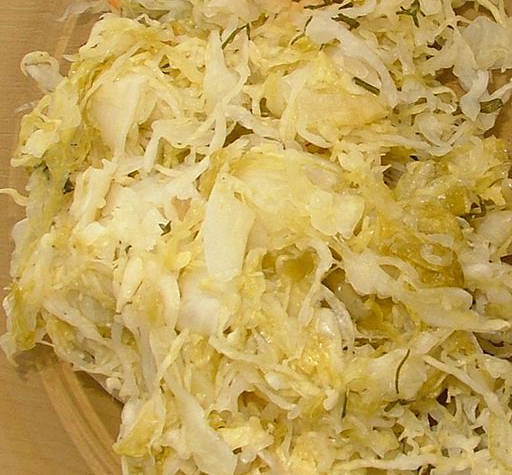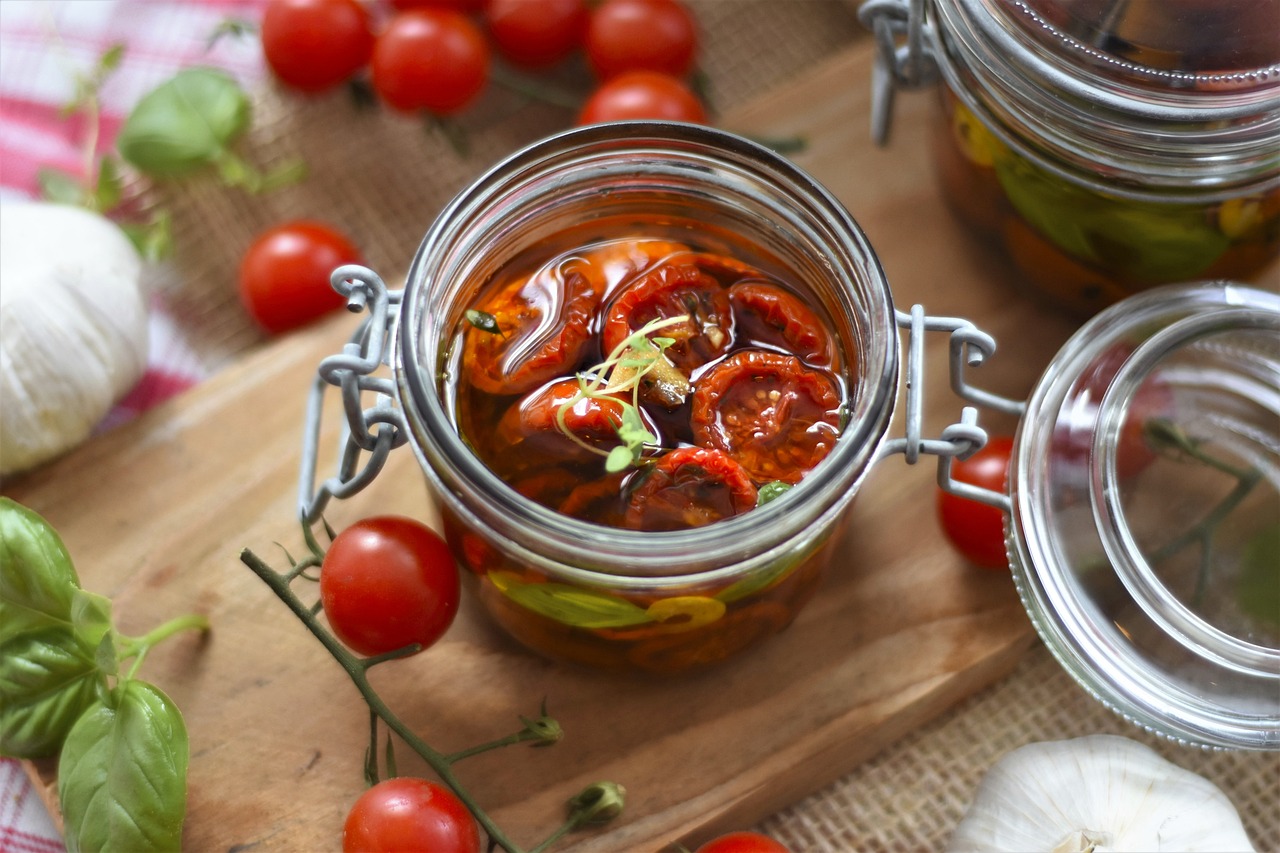How to Make Sauerkraut at Home

Home-made sauerkraut is incredibly easy, very tasty, and has many health benefits as it is a ‘live’ food full of beneficial bacteria. It is also great fun to make!
Sauerkraut
Ingredients:
- 700 g cabbage (any kind)
- 1 tbsp salt
Directions:
You’ll also need a large glass or ceramic jar, and another smaller jar that will fit inside the large one, or something of a similar size to use as a weight. You can use any type of cabbage, or a mixture. I like to use half white cabbage and half red cabbage.
Chop the cabbage finely and as you do so, put it into the jar with a sprinkle of the salt. The aim is to roughly spread the salt through the cabbage as you pack the jar.
Press the cabbage down firmly into the jar as you go (use your hand, a rolling pin or wooden spoon) You can be quite forceful, it helps to ‘bruise’ the cabbage a little. Stop once you get to about an inch from the top of the jar. If you have any salt left over, add it now, and press all the cabbage down firmly into the jar.
Now, add a clean weight to keep the cabbage pressed down. The smaller jar, filled with water, works well.
Over the next day the salt will begin to draw the water out of the cabbage and you’ll see the water level in the jar rising. After 24 hours the water (now a brine) should completely cover all the cabbage. If any cabbage is poking above the surface, poke it down. If you need to, add a little water.
Now, just wait. Cover the jar with a clean cloth or tea-towel to keep out dust and flies, but inspect it regularly. It is vital that the cabbage stays below the water line, otherwise it may begin to rot, and could spoil the whole batch.
After another day or so (depending on temperature) you’ll see bubbles forming and rising up to the surface – this means fermentation has begun. It’s fun to taste the kraut every day, to keep track or its changes.
As it ferments it will become gradually more sour, and the cabbage will get softer. You can stop the process whenever you’re happy with the finished product. About a week or two is normally right.
At this point, transfer the kraut (and liquid) into smaller jars with lids and put them in the fridge. This will preserve the beneficial bacteria that are there, but stop any further fermentation. Use your kraut as you would any pickle. It’s good with salads or in sandwiches.
The Author:
Nutritional Therapy Online








